
Tokyo Olympics: which team has the coolest outfits? Lacoste, The North Face, Giorgio Armani and Ralph Lauren top the podium
- Australia impresses with khaki tailored jackets and dark green slacks and skirts by Sportscraft, while Hong Kong teams up with Italian sportswear brand Fila
- Great Britain goes for a safe choice in Ben Sherman that lacks the wow factor, and Japan’s Aoki clothing recalls flight attendants’ uniforms from the 1980s
While most of the athletic competitions are going on as planned, the event is expected to be a low-key affair. US first lady Jill Biden will attend the opening ceremony, but she is one of only a handful of global leaders and celebrities who will show up.
Spectators won’t be allowed inside sporting venues, which means that the spotlight will be trained even more on the athletes – and the clothes they wear.
Olympic uniforms and the more formal outfits worn at the opening ceremony are a way for countries taking part to show off their prowess not only on the field but also in the realm of design.

A successful uniform has to be a perfect marriage of form and function: practical and functional to perform in and also polished enough to make the athletes look their best – not an easy feat to achieve.
We take a look at the best and worst gear that will be worn at the games, from the formal attire at the opening ceremony to the performance wear meant for the field.

Team Hong Kong
The Hong Kong Sports Association and Olympics Committee teamed up with Italian sportswear brand Fila, which is actually Korean-owned, for the uniforms of the Hong Kong team. At the opening ceremony, the delegation wore suit jackets and in ivory white embellished with the red, white and blue lines of the Fila logo, matching them with navy pants.
The preppy look was well put together but didn’t stand out from all the other uniforms at the parade. Fila is also providing the casual gear for the Hong Kong team, which is based on a similar colour palette to the formal attire and doesn’t differ much from the apparel that the company makes.
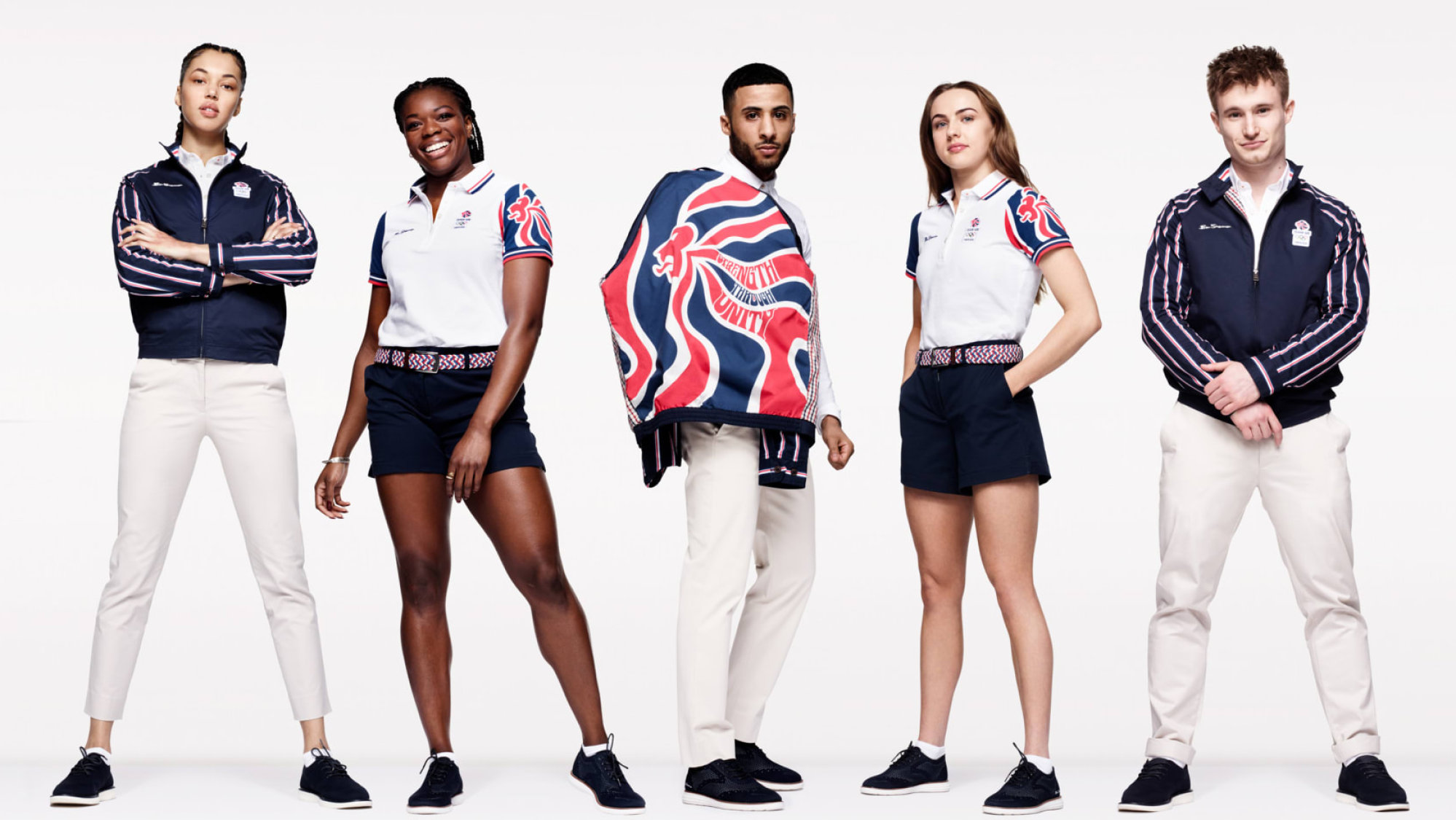
Team Great Britain
As expected, the design team of Ben Sherman didn’t rock the boat and stayed true to its preppy aesthetic – think Union Jack accents, white polo shirts and navy chinos, safe choices that lack the wow factor.
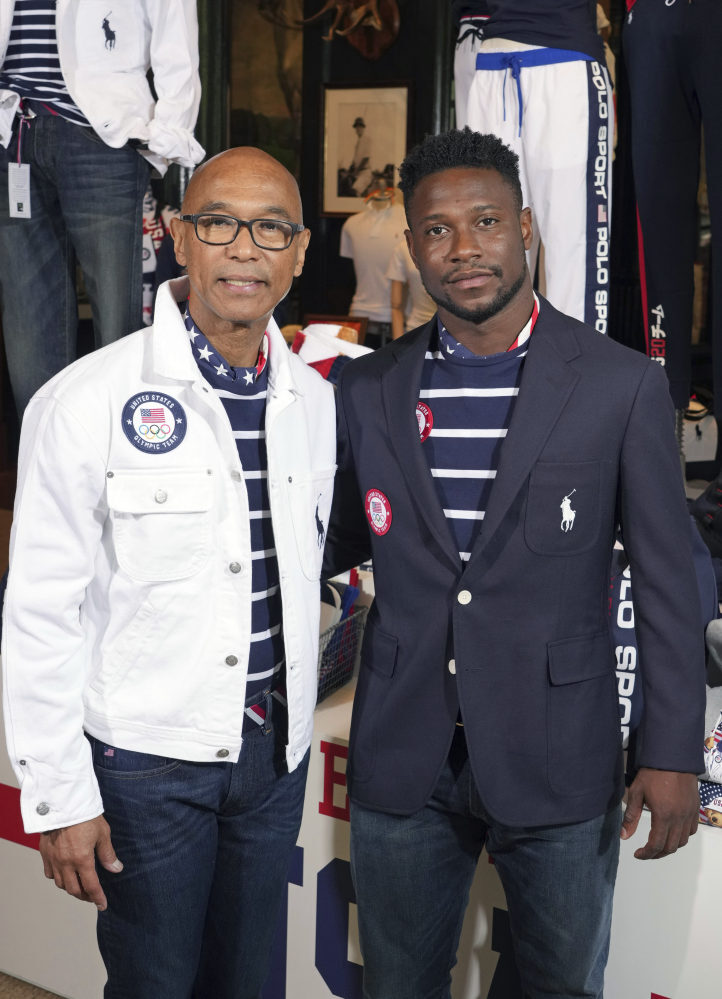
Team USA
Speaking of preppy, Ralph Lauren, known for its chic casual separates, has become the go-to brand for sporting competitions such as Wimbledon and the Olympics.
The designer rarely veers from his tried-and-tested formula of Ivy League-approved outfits such as navy blazers and striped polo shirts, which unsurprisingly make an appearance in the range he designed for Team USA.
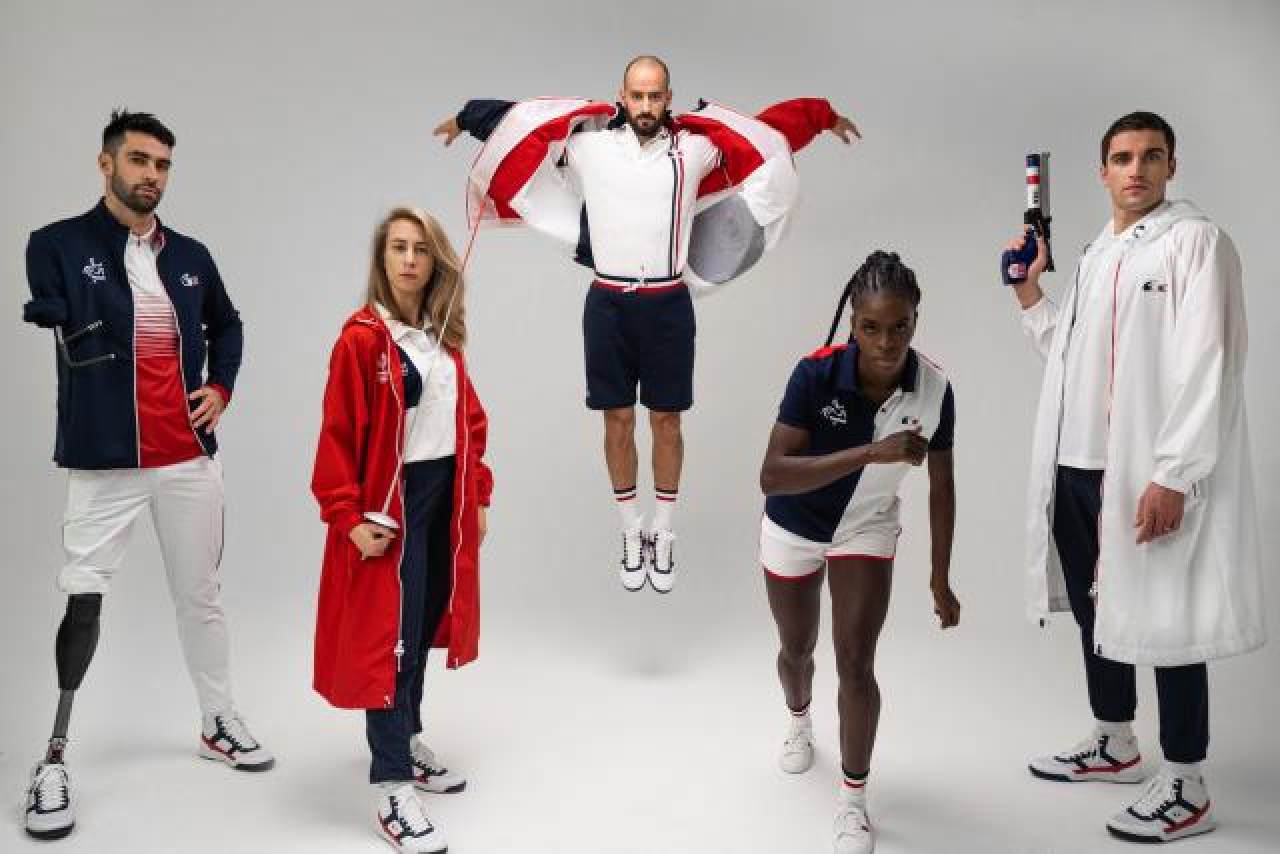
Team France
France enlisted not just one but two of its best known sports brands to design the uniforms of athletes competing in the games.
Lacoste, the brand of the stitched crocodile founded by tennis player René Lacoste in 1933, teamed up with Le Coq Sportif, a less famous sportswear label known for its rooster logo, for a collection of athletic wear in the red, white and blue of the French flag.
While the range looks functional and fun, we would have hoped for something a bit more chic from the country that is perhaps more than any other in the world associated with fashion.

Team Italy
Giorgio Armani is the official outfitter of the Italian team, whose members will wear tracksuits and accessories from the designer’s EA7 Emporio Armani line, which specialises in performance wear.
Kim Kardashian’s Skims at Tokyo 2020 – shapewear fashion is on the rise
The jersey jackets and trousers come in navy blue and feature the Italian flag transformed into a circle shape.
Armani, a designer who has revolutionised tailoring for men and women, could have injected more of that element into the clothes, which deliver when it comes to function but could have done with a bit more flair.

Team Australia
Designed by Sportscraft, which has been the official supplier of the formal uniform for the Australian Olympic Team since 1996, the clothes include khaki tailored jackets and dark green slacks and skirts.
They’re all accessorised with beautiful patterned scarves inspired by the electric lights and vibrant colours of the Shibuya Crossing in Tokyo.

Team Malaysia
Animal patterns are not what comes to mind when you think of Olympic uniforms, but the tiger stripes of Team Malaysia’s kit, made by Japanese manufacturer Yonex, look just right.
This is not the first time that Malaysian athletes have sported tiger stripes in their gear – the tiger is the country’s national animal – but what could have easily turned into a tacky rendition of the pattern looks instead very subtle while also injecting a dose of fun into the orange, yellow and black tops and jackets.
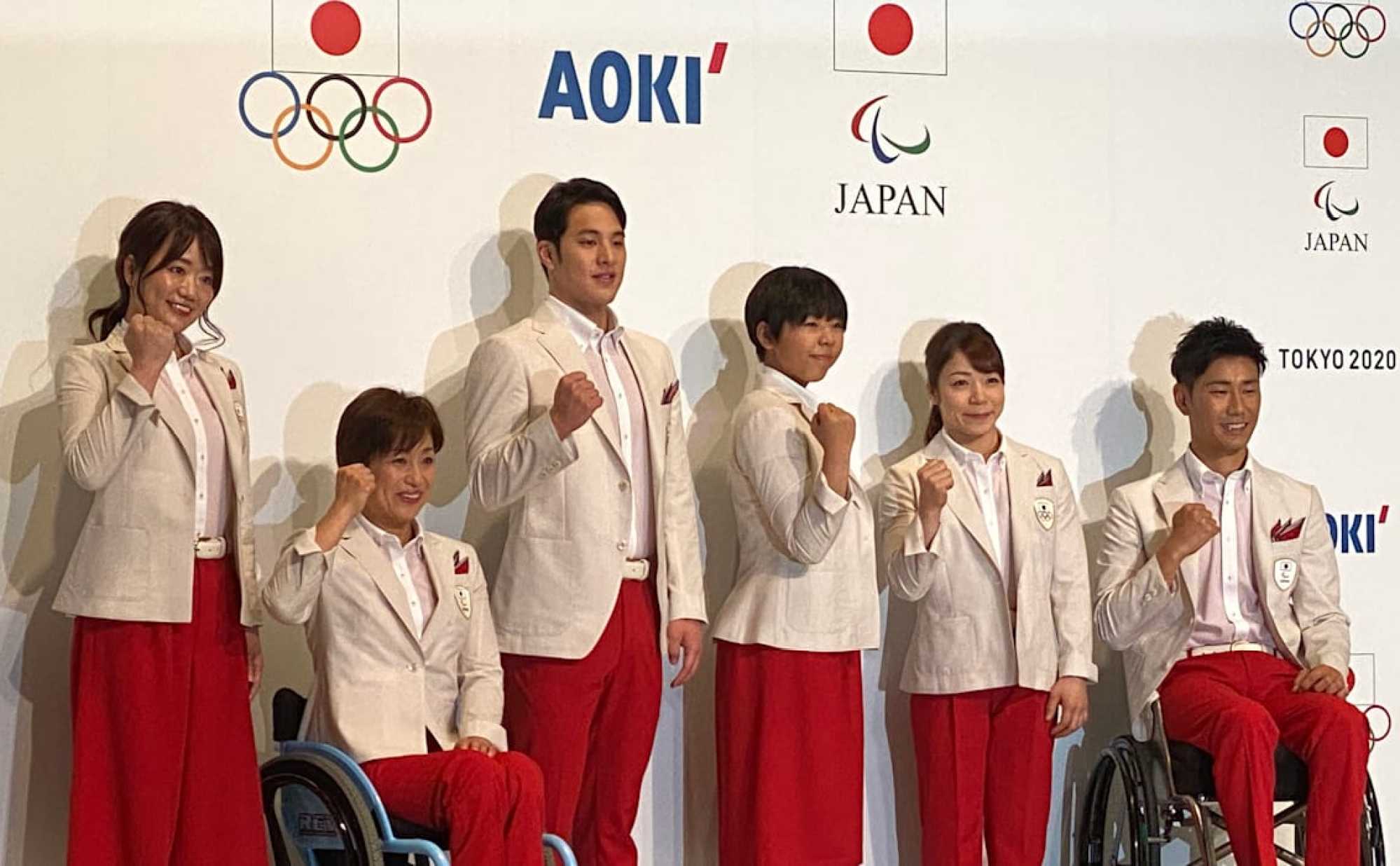
Team Japan
Host country Japan has a lot riding on these Olympics. The Japanese have been ambivalent about the safety of hosting the games during the pandemic but the local government has been adamant that the show must go on.
Provided by clothing retailer Aoki, the clothes consist of an off-white blazer paired with red skirts or pants. They’re a bit old-fashioned and recall flight attendants’ uniforms from the 80s.
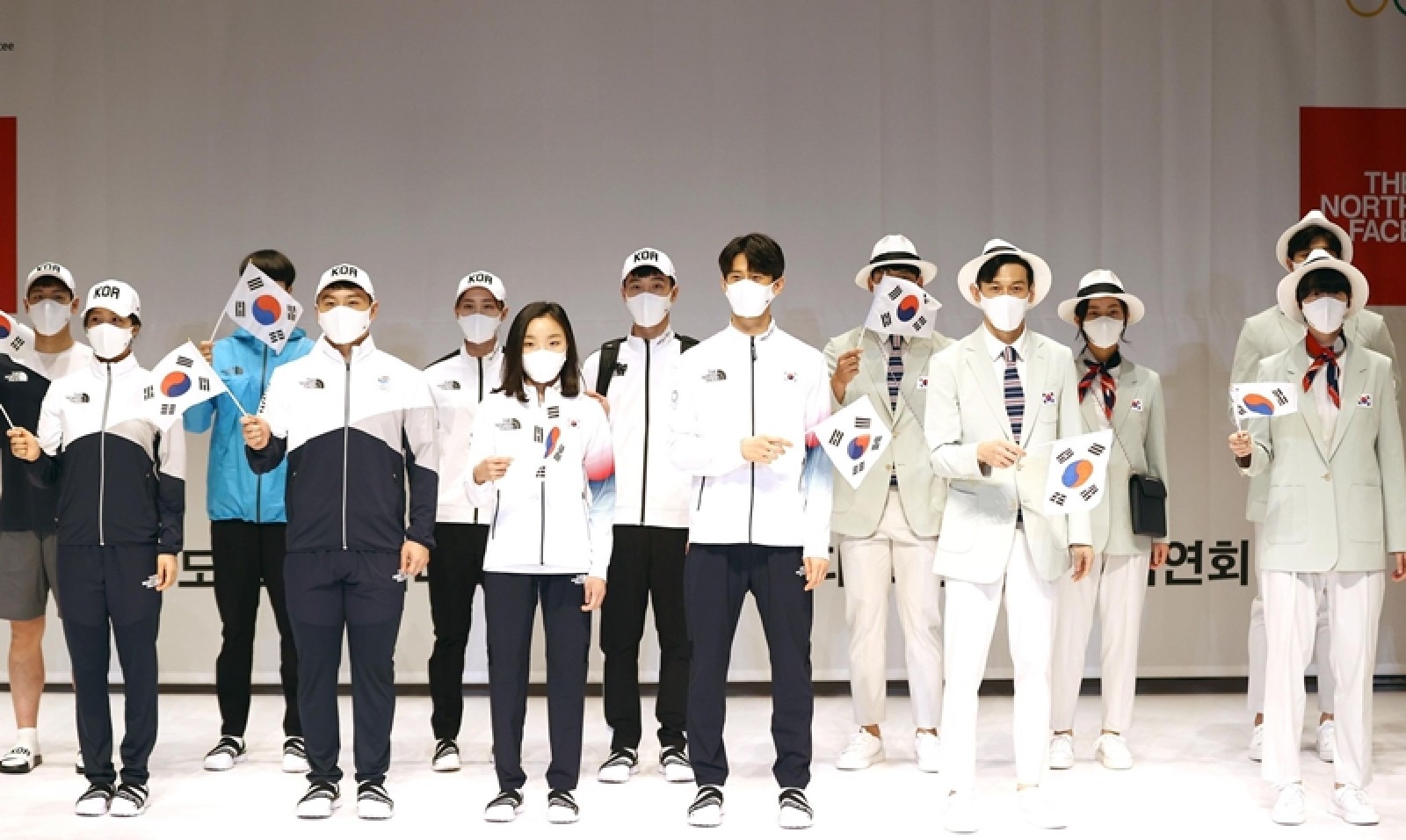
Team South Korea
The navy and white range is nothing to rave about but complements nicely with the formal opening-ceremony outfits designed by Kolon, which feature tailored suits in celadon green and white, two of the main colours used in Korean traditional porcelain.
Team Chinese Taipei
Blue, white and red seem to be the default hues for Olympic uniforms, even for Asian entrants such as Taiwan. Its Olympic team’s formal uniforms were designed by Taiwanese designer Justin Chou Yu-ying, from fashion brand Just in XX.
The tailored navy suits paired with white shirts are likely to get lost among the sea of blue and white at the opening ceremony, which is a bit of a shame because Taiwan could have gone for something more vibrant and fun.

Team China
However, in pictures recently released on social media platform Weibo, the team is clad in red and white tracksuits embellished with the Chinese flag and the logo of home-grown sportswear giant Anta, the maker of the outfits.

